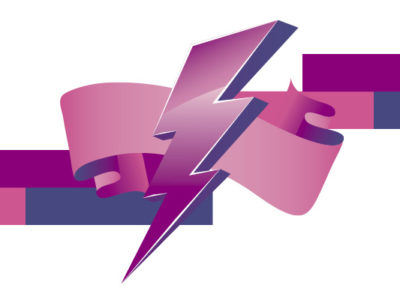Jul
2,
2021
The Battle of the Clouds
<div style="text-align: justify;">Today’s data landscape is overflowing with complex and sophisticated architectures, which can help you dynamically customize your digital ecosystem according to your project requirements and needs. Unfortunately, managing complex cloud architectures can be a difficult task, especially if you are trained to use one cloud vendor and not...
Dec
15,
2020
Long-Running Workflows as Serverless Functions in Azure
<div style="text-align: justify">Azure Functions have many features that make your work easier. However, they are less suitable for long-running processes. This is where Durable and Entity Functions can help.</div>
Sep
14,
2020
Serverless Java: Reduce Infrastructure Overhead
<div style="text-align: justify">Java is still the first choice when it comes to software development for business use [1]. However, the development of Java software alone is not enough: machines, operating systems, JREs, application servers, etc. are required for productive use - and large frameworks and libraries are also required as...
Aug
19,
2020
Serverless Microservices using Azure examples
<div style="text-align: justify">Why does it have to be "Serverless or Microservices"? It should be "Microservices with Serverless"! Based on some of the generally accepted principles of microservices, we can use serverless architectures and technologies to build highly focused microservices. Let's take a pragmatic and concise approach to building microservices with...



